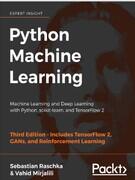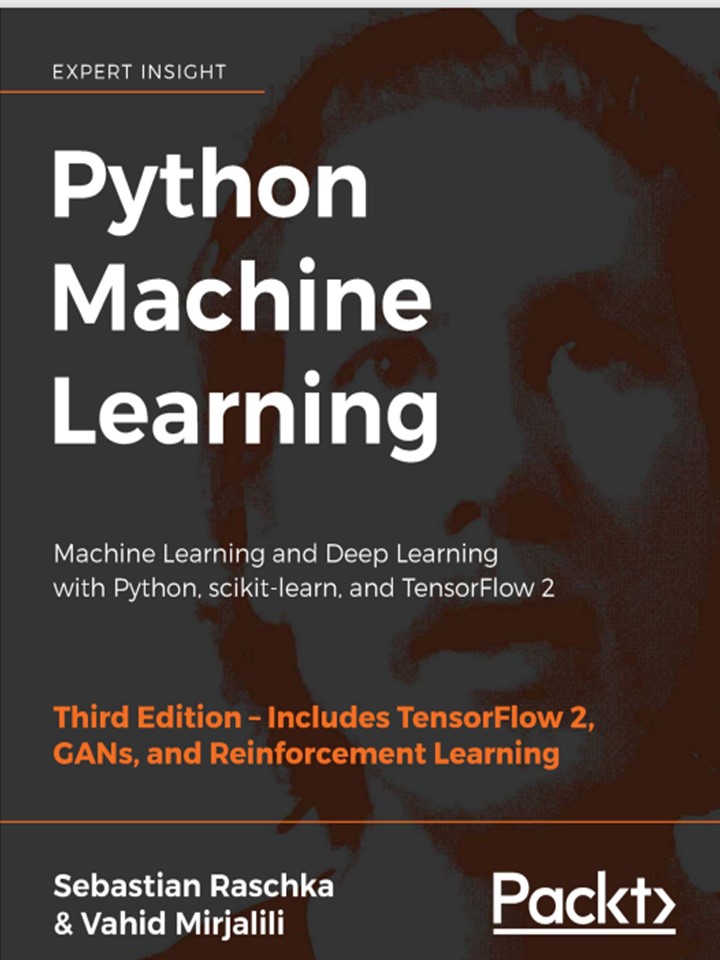- About This Book
- Book Preview
- Table of Content
- Citation styles for Python Machine Learning By Example
- Bulk Ordering
- About the authors
About This Book

A comprehensive guide to get you up to speed with the latest developments of practical machine learning with Python and upgrade your understanding of machine learning (ML) algorithms and techniques
Book Preview
7
Predicting Stock Prices with Regression Algorithms
- Introducing the stock market and stock prices
- What is regression?
- Stock data acquisition and feature engineering
- The mechanics of linear regression
- Implementing linear regression (from scratch, and using scikit-learn and TensorFlow)
- The mechanics of regression trees
- Implementing regression trees (from scratch and using scikit-learn)
- From regression tree to regression forest
- The mechanics of support vector regression and implementing it with scikit-learn
- Regression performance evaluation
- Predicting stock prices with regression algorithms
A brief overview of the stock market and stock prices
- Fundamental analysis: This stream focuses on underlying factors that influence a company's value and business, including overall economy and industry conditions from macro perspectives, the company's financial conditions, management, and competitors from micro perspectives.
- Technical analysis: On the other hand, this stream predicts future price movements through the statistical study of past trading activity, including price movement, volume, and market data. Predicting prices via machine learning techniques is an important topic in technical analysis nowadays.
Table of Content
Table of contents
Citation styles for Python Machine Learning By Example
Bulk Ordering
If you are an educational institution or organisation and want to place an order for more than 25 books, please get in touch using the form below and we will be happy to help you with your order.
About the authors
Sebastian Raschka is an Assistant Professor of Statistics at the University of Wisconsin-Madison focusing on machine learning and deep learning research. Some of his recent research methods have been applied to solving problems in the field of biometrics for imparting privacy to face images. Other research focus areas include the development of methods related to model evaluation in machine learning, deep learning for ordinal targets, and applications of machine learning to computational biology.
Vahid Mirjalili obtained his Ph.D. in mechanical engineering working on novel methods for large-scale, computational simulations of molecular structures. Currently, he is focusing his research efforts on applications of machine learning in various computer vision projects at the Department of Computer Science and Engineering at Michigan State University. He recently joined 3M Company as a research scientist, where he uses his expertise and applies state-of-the-art machine learning and deep learning techniques to solve real-world problems in various applications to make life better.




